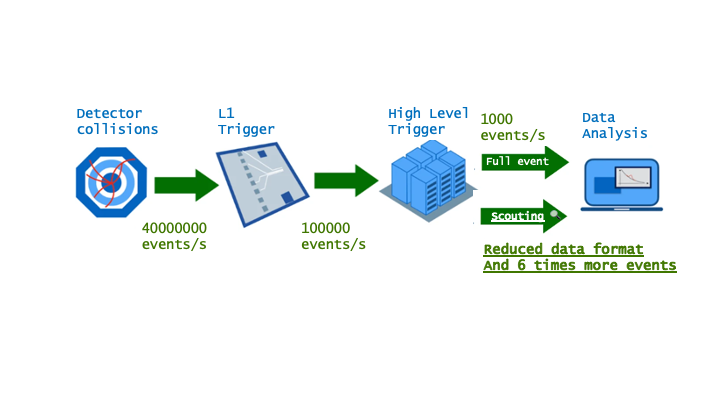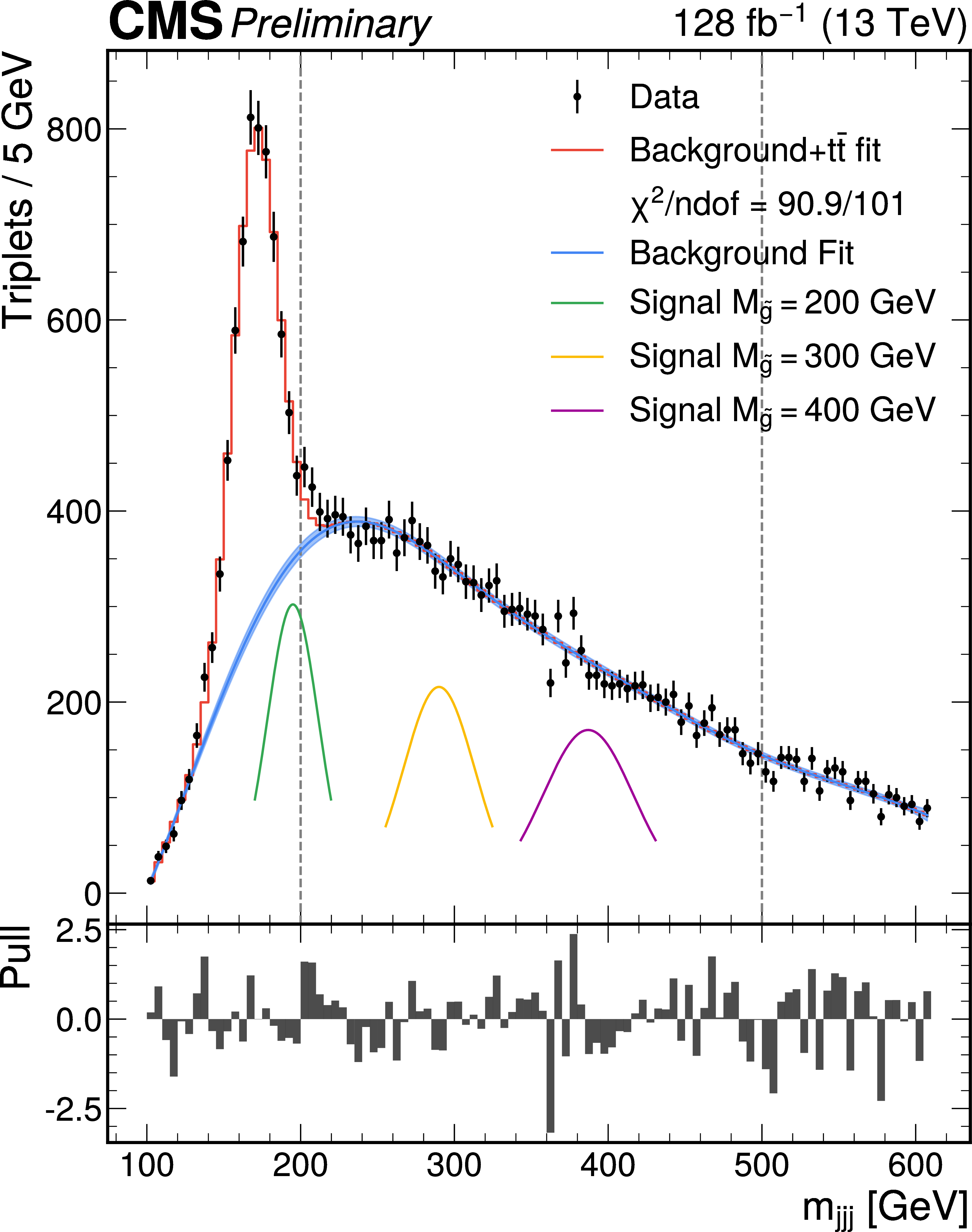
Imagine diving into the very core of the universe, where the tiniest pieces that make up everything hold the answers to big cosmic questions. Leading this exciting journey is the CMS team at the Large Hadron Collider (LHC). We are on a mission to discover new particles that could change how we understand the universe.
Our world is made up of tiny particles like electrons, quarks, and bosons; the model that governs these particles and their interactions is collectively called the “Standard Model” of particle physics. These bits come together to create everything around us. But here is the puzzle: they do not quite fit perfectly to explain everything we see. That is where "Supersymmetry" comes in – a theory suggesting there are partner particles – called superpartners – for each particle we know. Imagine a world where these superpartners might be a bit heavier or lighter than their standard model counterparts, and they have special traits that can help us unlock the universe's deepest mysteries.
Supersymmetry, often called SUSY, has intrigued scientists for a while, but it has been tough to find. One type of SUSY we are hunting for is called "R-parity violating Supersymmetry" or RPV-SUSY. If looking for regular SUSY particles is like searching for a needle in a haystack, then finding RPV-SUSY is more like spotting a slightly different needle in that haystack, one that prefers not to play by the normal rules of matter.
One smart idea we use to find this special needle in the haystack is called "Data Scouting". In the middle of all the LHC's busy experiments, there's a challenge – how do we find rare, lightweight SUSY particles among all the regular ones? That's where Data Scouting comes in. It uses powerful computers to quickly scan the data and give us short summaries that show if there might be new, lightweight particles.

Figure 1: Diagram of the CMS data stream. Collision events are recorded if they satisfy the criteria of our trigger system – a kind of filter. A special data scouting stream then quickly scans the data and saves events in a reduced data format, allowing us to save more events for further investigation of potential new, lightweight particles, such as those that would be produced by SUSY.
Our focus here is on three RPV-SUSY players: RPV-gluinos, RPV-squarks, and RPV-Higgsinos. These are like secret superpartners of the standard model particles we know: the gluon, the quarks, and the Higgs boson, respectively. We are targeting the case when these superpartner particles would produce showers of particles, called jets, which the CMS detector detects. Figuring out what the superpartners are up to involves using both modern and older methods. We blend super-smart computer learning along with well-established techniques from the 1950s to separate the RPV-SUSY players from the background noise.

Figure 2: A diagram demonstrating a proton-proton collision producing a pair of RPV-gluinos, the SUSY superpartner to the gluon, which decay to jets. These multijet events are recorded with the CMS data scouting stream and explored for signs of RPV-SUSY.
As we work through this complex puzzle, we check our methods using something called "invariant mass" distributions, a special mark in the data – a kind of bump – indicating the presence of a particle. While we have not yet found the secret RPV-SUSY signs, our methods allow us to see other known physics, like the top quark of the standard model. This gives us confidence that if a SUSY particle left a special mark in the data, we would notice it.

Figure 3: A diagram demonstrating a proton-proton collision producing a pair of RPV-gluinos, the SUSY superpartner to the gluon, which decay to jets. These multijet events are recorded with the CMS data scouting stream and explored for signs of RPV-SUSY.
Even though we have not yet uncovered the secrets of RPV-SUSY, we are continuing to explore new areas where particles have low mass and really weak interactions with regular ones. We are determined to discover the new physics that is waiting for us.
The CMS team keeps pushing forward and analyzing the new data from the LHC’s third data-taking run. We know that the world of particle physics has amazing discoveries waiting. As we look at the tiniest parts of existence, one thing is clear: we are just beginning to uncover the universe's most important secrets.
Read more about these results:
-
CMS Physics Analysis Summary (EXO-21-004): " Search for pair-produced multijet resonances using data scouting"
-
@CMSExperiment on social media: LinkedIn - facebook - twitter - instagram
- Do you like these briefings and want to get an email notification when there is a new one? Subscribe here

